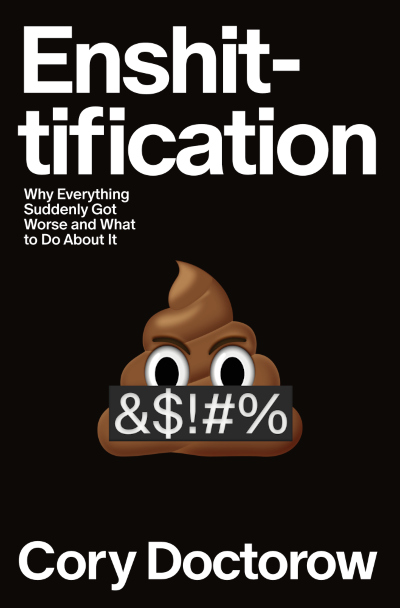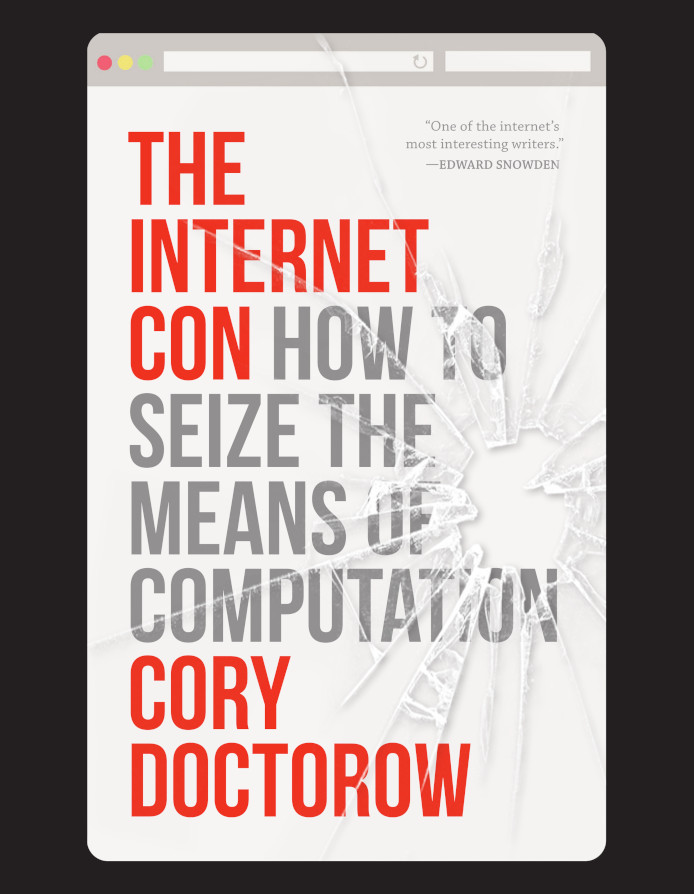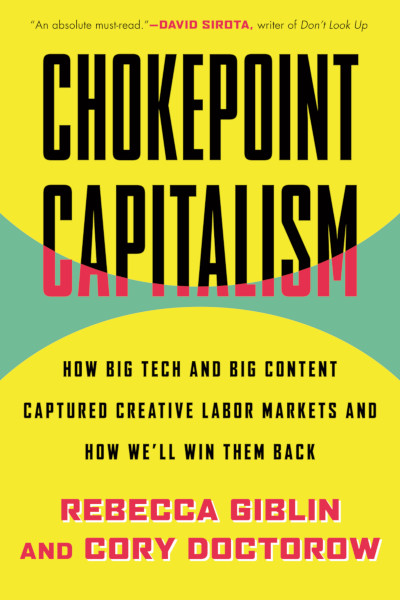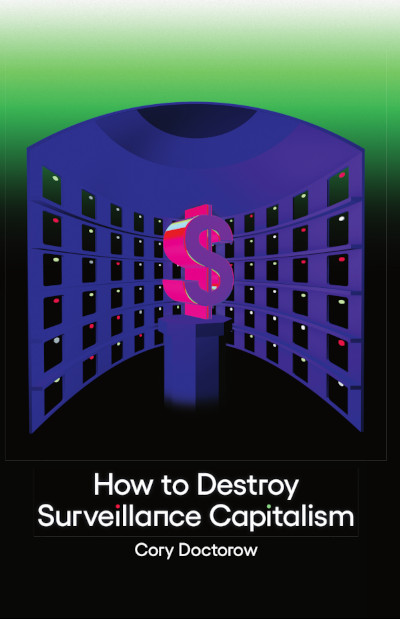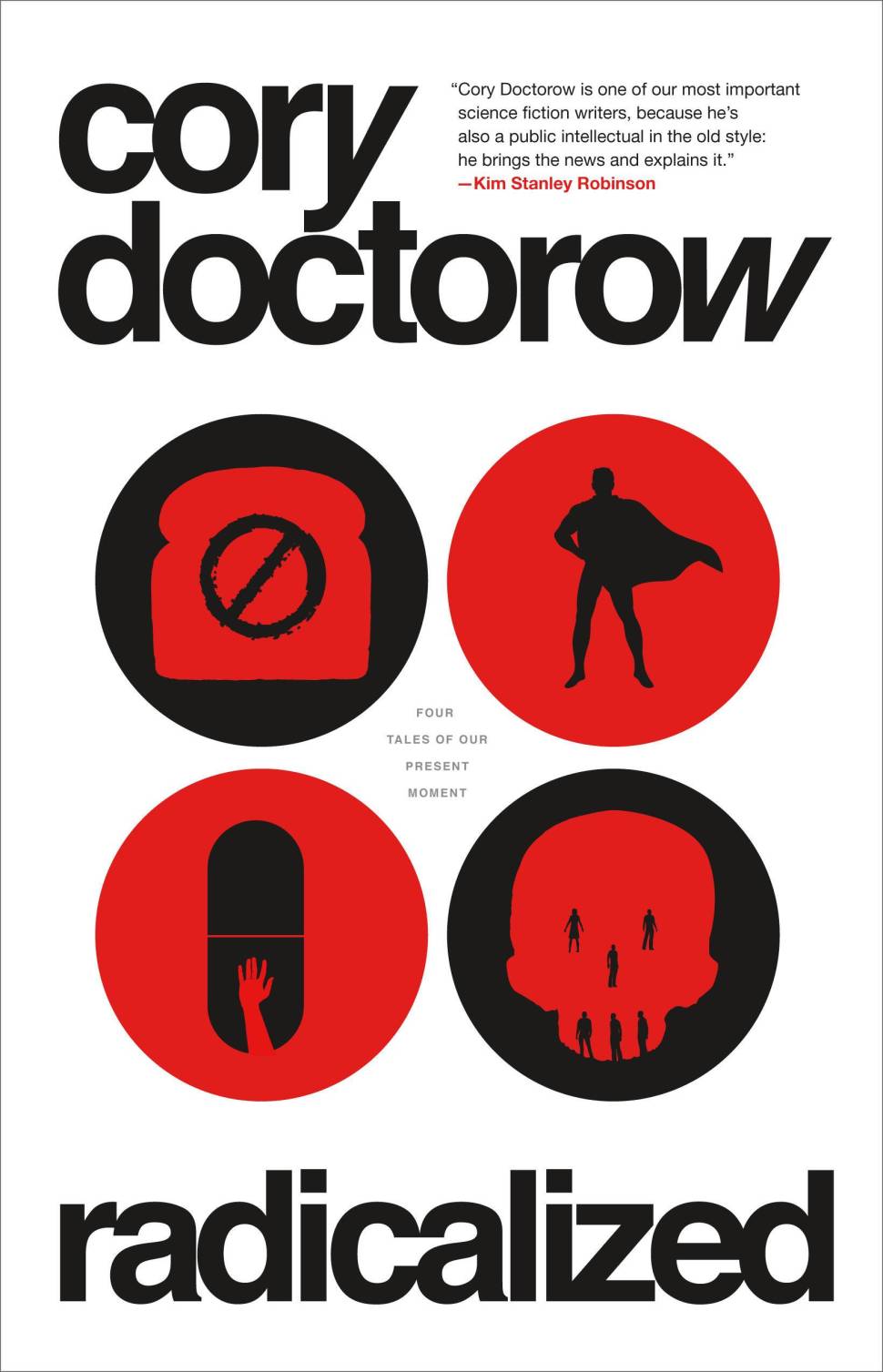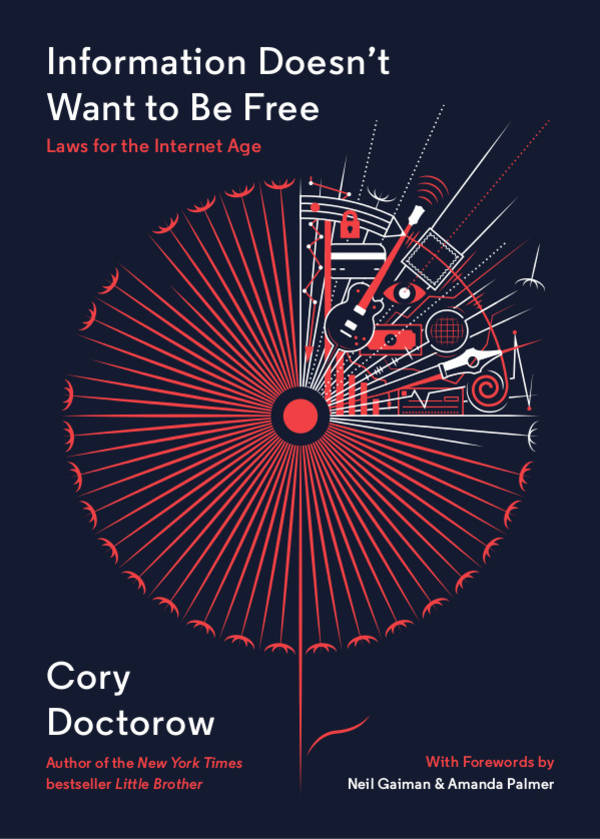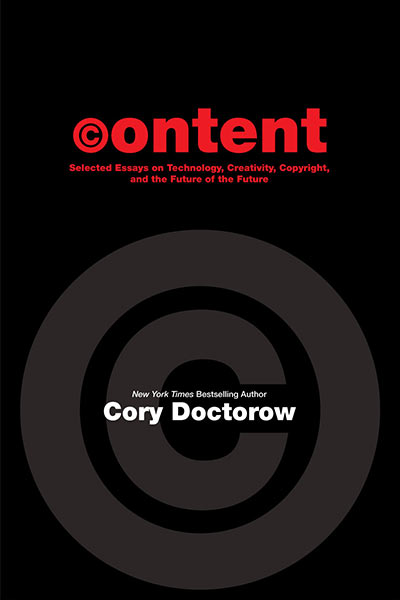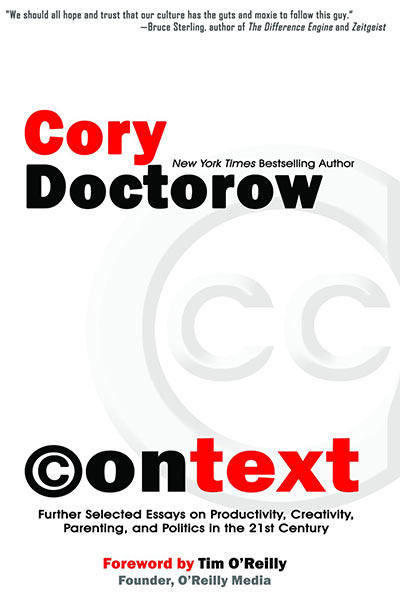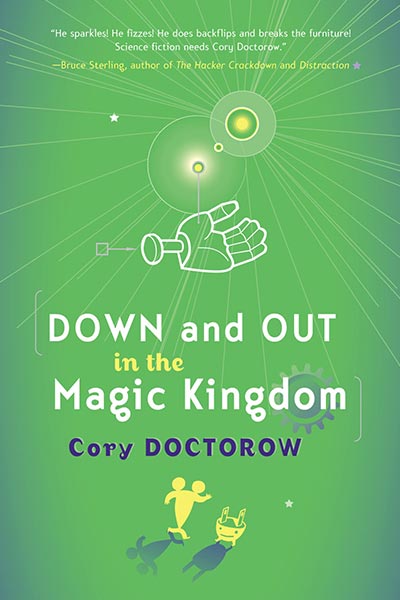Thomson Reuters interviewed me for their new series on data privacy and the EU General Data Protection Regulation; here’s the audio!
What if you just said when you breach, the damages that you owe to the people whose data you breached cannot be limited to the immediate cognizable consequences of that one breach but instead has to take recognition of the fact that breaches are cumulative? That the data that you release might be merged with some other set that was previously released either deliberately by someone who thought that they’d anonymized it because key identifiers had been removed that you’ve now added back in or accidentally through another breach? The merger of those two might create a harm.Now you can re-identify a huge number of those prescriptions. That might create all kinds of harms that are not immediately apparent just by releasing a database of people’s rides, but when merged with maybe that NIH or NHS database suddenly becomes incredibly toxic and compromising.
If for example we said, “Okay, in recognition of this fact that once that data is released it never goes away, and each time it’s released it gets merged with other databases to create fresh harms that are unquantifiable in this moment and should be assumed to exceed any kind of immediate thing that we can put our finger on, that you have to pay fairly large statutory damages if you’re found to have mishandled data.” Well, now I think the insurance companies are going to do a lot of our dirty work for us.
We don’t have to come up with rules. We just have to wait for the insurance companies to show up at these places that they’re writing policies for and say, “Tell me again, why we should be writing you a policy when you’ve warehoused all of this incredibly toxic material that we’re all pretty sure you’re going to breach someday, and whose liability is effectively unbounded?” They’re going to make the companies discipline themselves.
